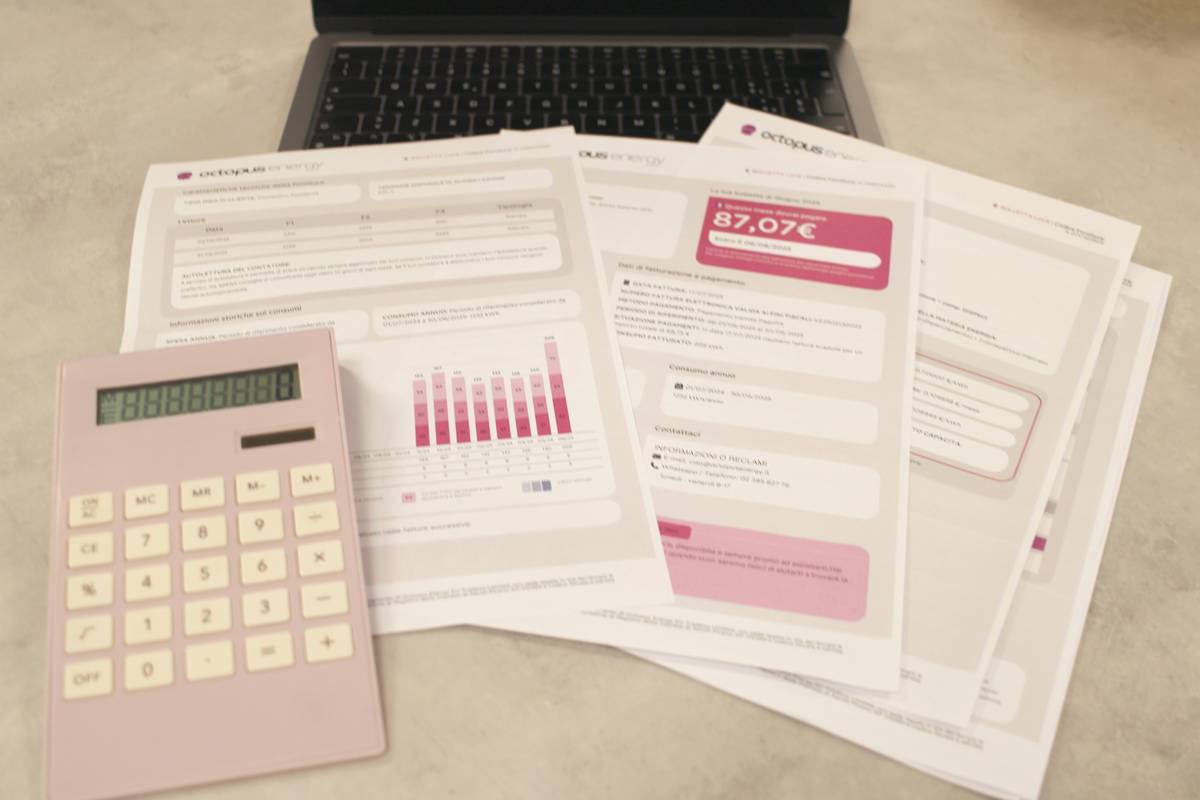Hook: Ever felt like you’re drowning in loan payments while life throws curveballs your way? You’re not alone. Thousands struggle with debt management every day, and many don’t even realize there’s help available through loan deferment—if they can crack the code of qualification rules.
In this guide, you’ll discover how to navigate the labyrinthine world of loan deferment qualification rules. We’ll break down eligibility criteria, actionable steps for applying, insider tips, real-world examples, and answers to frequently asked questions. Let’s dive in!
Table of Contents
- Key Takeaways
- Why Loan Deferment Qualification Rules Matter
- How to Qualify for Loan Deferment: A Step-by-Step Guide
- Top Tips for Navigating Loan Deferment Qualification Rules
- Real-World Success Stories
- FAQs About Loan Deferment Qualification Rules
- Conclusion
Key Takeaways
- Loan deferment qualification rules vary by lender but typically require proof of financial hardship or enrollment in specific programs.
- Eligibility often depends on factors such as income level, employment status, and type of loan.
- Failing to meet qualification requirements may lead to penalties, so it’s crucial to understand the process thoroughly.
- Proactive communication with lenders increases your chances of approval.
- Documentation is king—gathering all necessary paperwork upfront saves time and stress.
Why Loan Deferment Qualification Rules Matter
Imagine juggling medical bills after an unexpected surgery, only to find yourself staring at mounting student loan invoices too. Now imagine being told you’re eligible to pause those payments—but only if you pass strict qualification rules. Sounds stressful, right?

These qualification rules exist for a reason—they protect both borrowers and lenders from misuse. But here’s my confession: I once ignored reading the fine print when applying for deferment and ended up missing out because I didn’t provide sufficient documentation. Lesson learned? Don’t wing it. Understanding these rules isn’t just smart—it’s essential.
How to Qualify for Loan Deferment: A Step-by-Step Guide
Optimist You: “This sounds straightforward enough, right?”
Grumpy You: “Ugh, yeah—if filling out tax forms counts as ‘straightforward.'”
- Check Your Eligibility: Most lenders require proof of financial hardship (like unemployment) or enrollment in school/military service. Double-check your lender’s guidelines since qualification rules differ.
- Gather Documentation: Collect pay stubs, bank statements, or letters verifying your situation. Think of it like building a portfolio—you need solid evidence.
- Contact Your Lender: Before submitting anything, call your loan servicer. They might offer advice—or steer you toward other options if deferment isn’t viable.
- Submit Your Application: Complete the required forms accurately. Remember, typos are like throwing spaghetti against the wall; they’ll stick where you least want them to.
- Follow Up: If you don’t hear back within two weeks, send a polite email. Persistence pays off—it’s practically chef’s kiss for navigating bureaucracy.
TIP: Avoid this terrible tip: assuming you’re automatically approved once you submit your application. Always confirm receipt and status updates directly with your lender.
Top Tips for Navigating Loan Deferment Qualification Rules
Navigating qualification rules doesn’t have to feel like solving a Rubik’s Cube blindfolded. Here are some pro-level tactics:
- Be Honest: Fudging details won’t fly. Lenders cross-check everything, so transparency is vital.
- Stay Organized: Keep copies of all documents in a labeled folder. Sounds simple, but trust me—it feels like a sigh of relief during audits.
- Understand Alternatives: Sometimes forbearance or refinancing works better than deferment. Explore all avenues.
- Use Online Tools: Platforms like StudentAid.gov provide resources tailored to federal loan holders.
Real-World Success Stories
Meet Sarah, a former client who hit rock bottom financially due to medical emergencies. After meticulously gathering proof and working closely with her lender, she successfully deferred her loans for six months. Her secret weapon? Patience and persistence—plus knowing exactly what the qualification rules entailed.

FAQs About Loan Deferment Qualification Rules
- Q: How long does loan deferment last?
A: Typically 6 months to 3 years, depending on your lender and circumstances. - Q: Do interest rates still apply during deferment?
A: For subsidized loans, no. Unsubsidized loans usually accrue interest. - Q: Can I reapply for deferment?
A: Yes, but qualifications must be met each time. - Q: What happens if I don’t qualify?
A: Consider alternatives like forbearance or repayment plans.
Conclusion
Understanding qualification rules for loan deferment might seem daunting at first glance, but armed with knowledge and preparation, you can take control of your financial future. From checking eligibility to navigating documentation, every step brings you closer to breathing easier.
And hey, before you go… Like a Tamagotchi needing daily care, staying proactive with your finances ensures longevity. Happy deferring!



